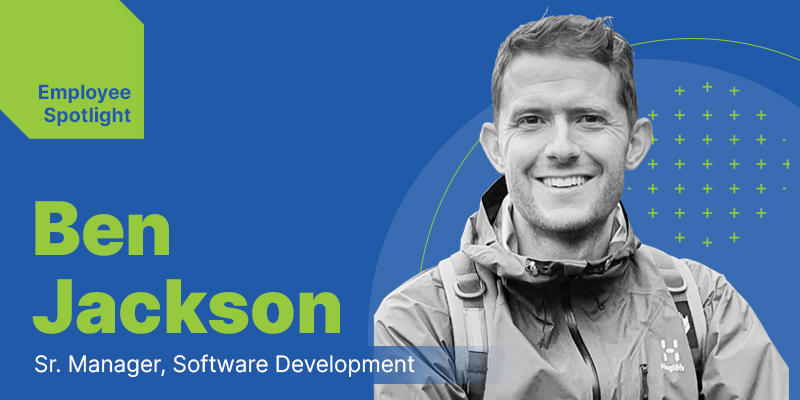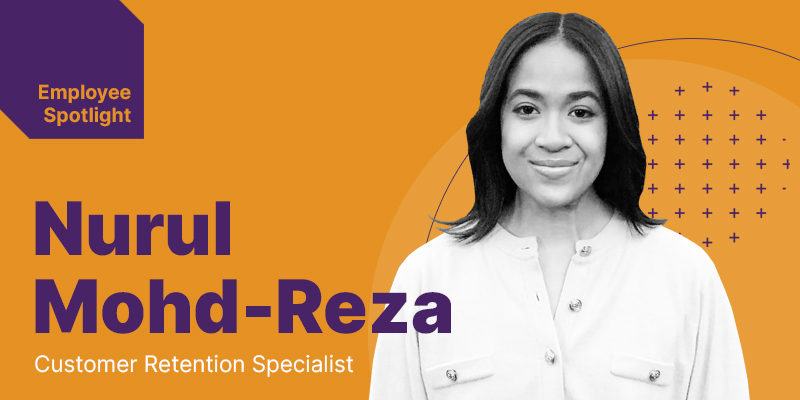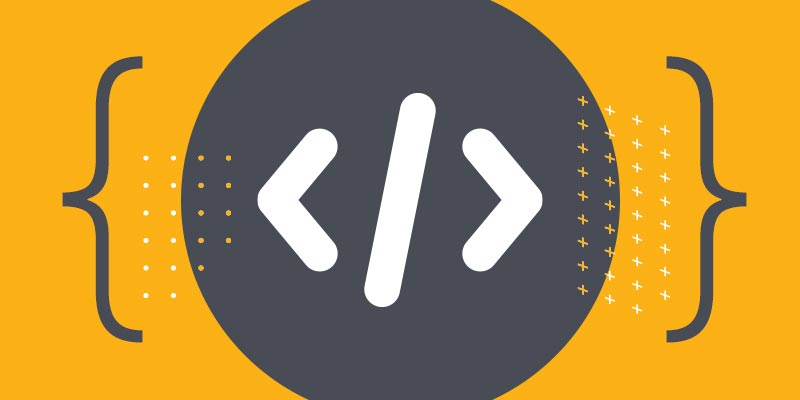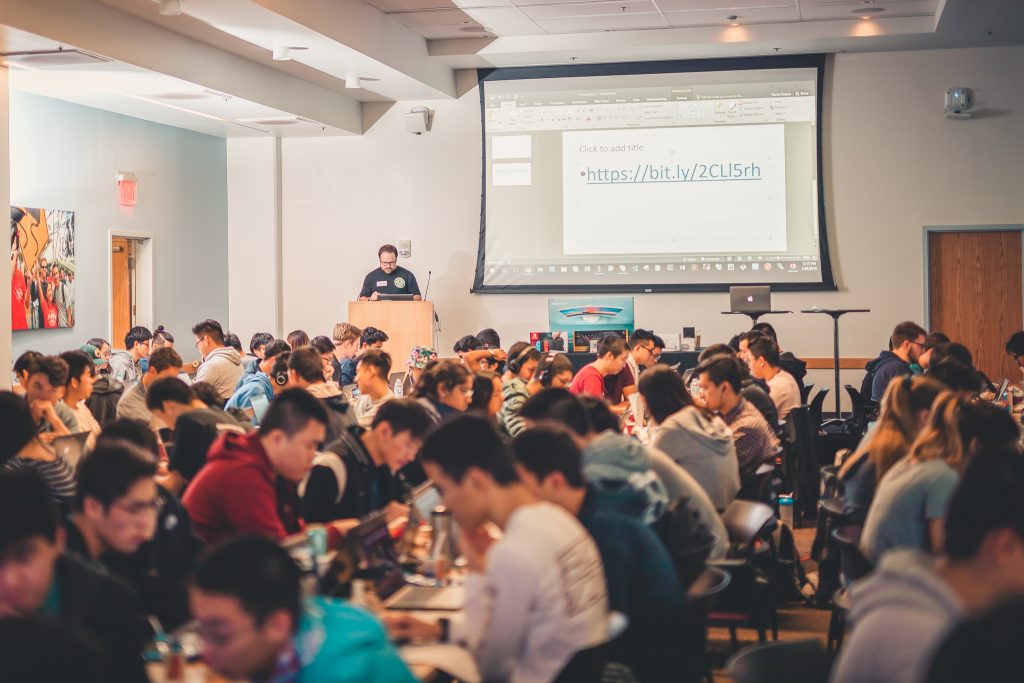Webroot BrightCloud® Threat Intelligence relies on the collective power of millions of devices working together. But what sometimes gets lost is the actual humans behind bringing this technology to market. In this Employee Spotlight, we talk to Account Development Executive, Jordan Gray, who works with C-level executives to integrate threat intelligence solutions within their environments.
What brought you to Webroot?
In 2018, I was looking for a career change away from insurance. After doing some extensive research into the market, I decided that the tech industry, particularly in Ireland, was right for me as more and more tech companies start setting up offices here. After initially setting up a call with a recruiter to discuss a role at Webroot, I fell in love with the product and company vision. The rest is history!
What is your role in the company?
My main role requires me to conduct high level discovery calls and sessions to BANT qualify C-Level and VPs before passing qualified opportunities onto our Sales Director to discuss integration and pricing in detail.
Have you ever had any close calls with malicious actors?
Thankfully, I never had any close calls with real malicious actors. However, about six months into my role at Webroot, I was successfully phished by our IT department who were sending out simulated phishing emails at the time. They sent me a delivery notice from a courier that was sending me a parcel and I clicked the link without checking. Nonetheless, I brushed up on my security awareness training afterwards! Lesson learned from me.
What are the top three malicious actors you think people should be concerned about?
Coronavirus scams are spreading nearly as fast as the virus itself. As of Jan. 3, the Federal Trade Commission (FTC) had logged more than 298,000 consumer complaints related to COVID-19 stimulus payments, 68 percent of them involving fraud or identity theft. They’ve also shut down hundreds of suspected phishing sites, which promise vaccines and other aid. That being said, our Tier-1 URL filtering can really help organizations block access to malicious sites keeping them and their customers safe.
Malware is the second big threat facing businesses. It encompasses a variety of cyber threats, such as trojans and viruses. It’s a general term for malicious code that hackers create to gain access to networks, steal data or destroy data on computers. Malware usually comes from malicious website downloads, spam emails or from connecting to other infected machines or devices. Businesses can stay safe by using Webroot’s industry leading endpoint protection.
Ransomware is one of the most common cyber-attacks, hitting thousands of businesses every year. They’ve grown more common recently, as they are one of the most lucrative forms of attacks. According to Forbes, ransomware payments have more than doubled in the last 12 months.
How have malicious threats evolved since the early days of the internet to now?
Cyber threats are evolving every day. Hackers are constantly looking for new ways to exploit individuals and organizations. It’s becoming easier for even amateur hackers to access high-level malicious software, with the availability of ransomware as a service (RaaS). This allows highly skilled cyber criminals to create malware and sell it off to other cyber criminals, making a profit without the risk of deploying the malware themselves.
How have our defenses evolved to match the growing threats that malicious actors represent?
Webroot is currently using 6th Generation machine learning (ML), which uses complex neural networks that allow the machine to more accurately and autonomously identify relevant patterns and concepts within continually growing amounts of telemetry from Webroot customers.
What specifically is Webroot doing with regards to its threat intelligence platform to combat these increasingly sophisticated attacks?
Webroot’s threat Intelligence platform continues to improve every day. We have a uniquely diverse customer base, from consumer to small and midsize businesses and all the way up to the enterprise. So, we see every type of online threat. Also, we have started to work closer with our partners to identify how we can solve industry problems such as the cloud access security broker (CASB) market and become leaders within these market segments.
Where do you think the future of threat intelligence is headed?
The market is still growing. Research suggests threat intelligence could be a $13 billion market by 2023. Organizations of all sizes are starting to use threat intelligence. I personally think cybersecurity will move from reactive to proactive. Threat intelligence will effectively predict and prevent attacks at the earliest stage, and sooner or later, underpin the whole concept of proactive cybersecurity and organizational risk.
What else are you into besides threat intelligence?
I am a big football fan, or soccer as the guys in the U.S. would say. In my free time, you’d find me watching Manchester United play while having a Guinness or spending time going on road trips with my girls when COVID and the weather permits.


















